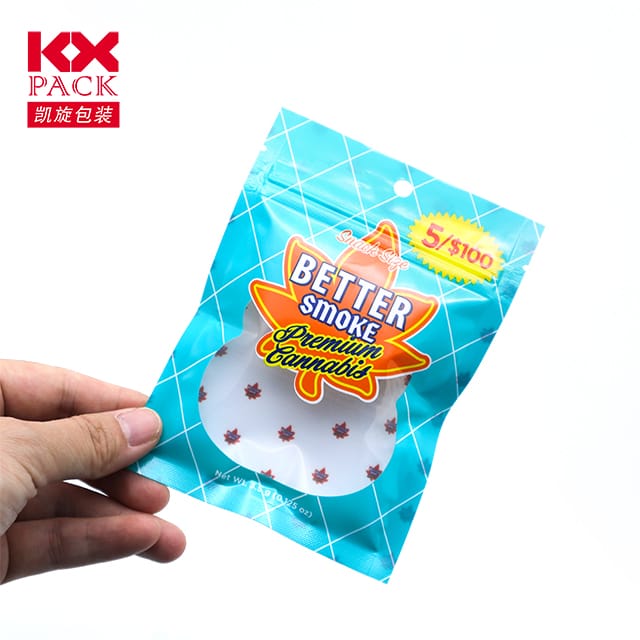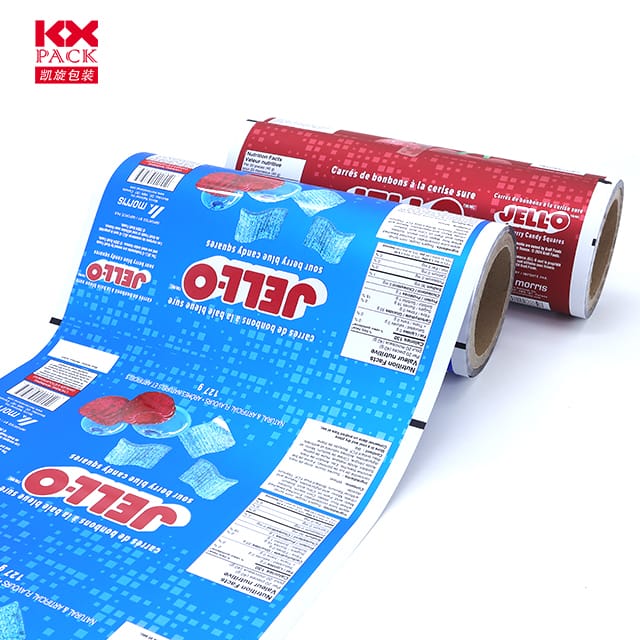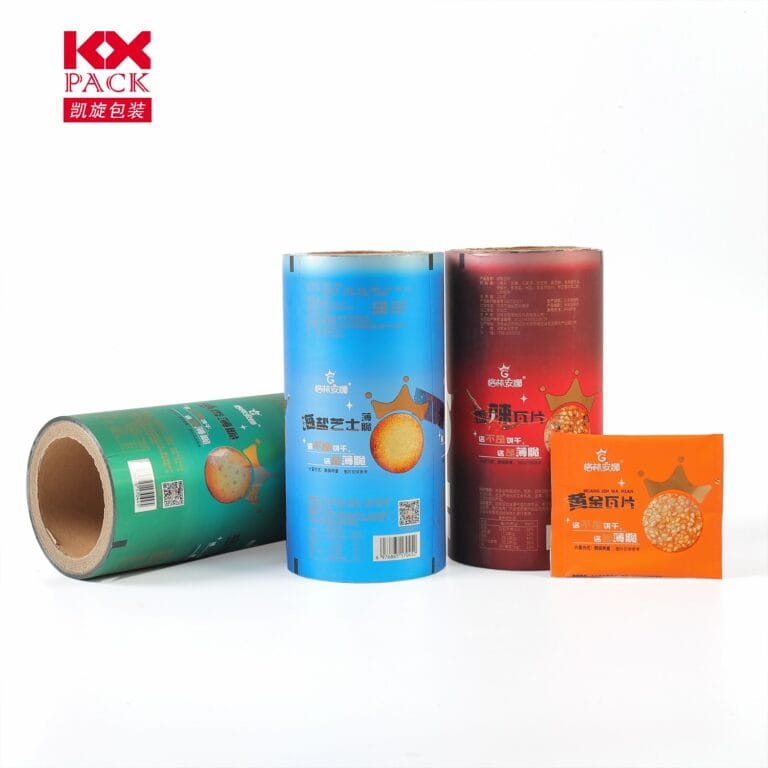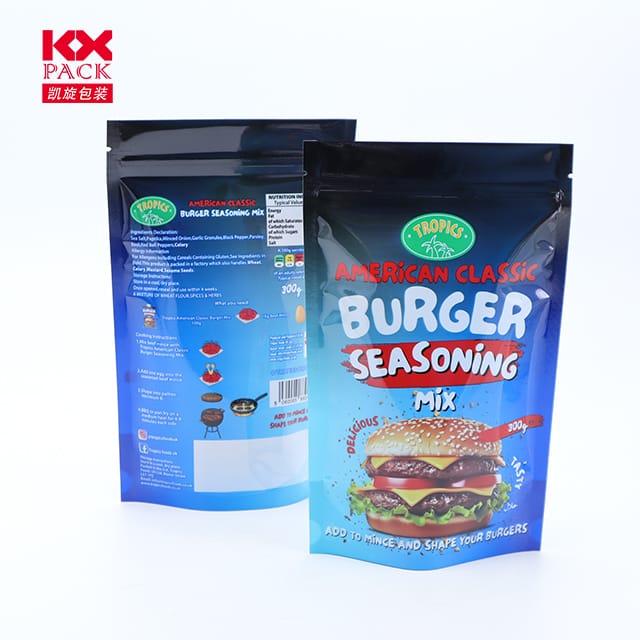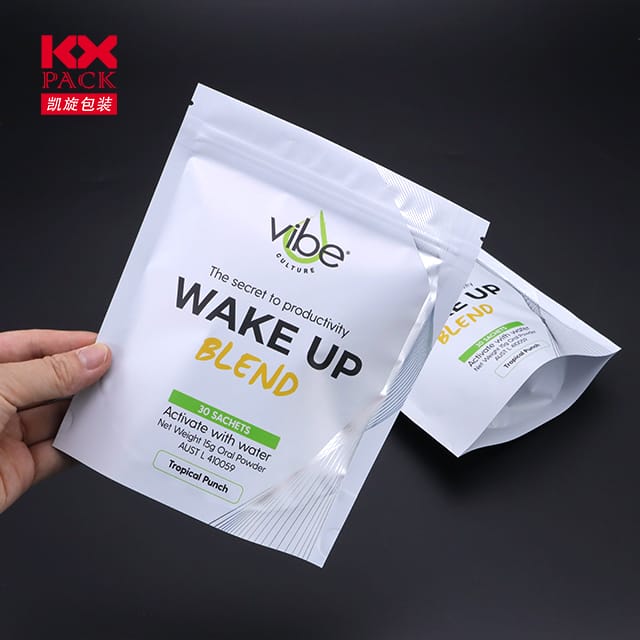The Future of Plastic Packaging Film: Иновације, Одрживост, and Industry Leadership
Пластични филм за паковање
In today’s fast-paced global economy, plastic packaging film manufacturers play a pivotal role in shaping the future of consumer goods, логистике, and environmental stewardship. As industries increasingly prioritize efficiency, сигурност, и одрживост, the demand for high-performance, eco-friendly packaging solutions has skyrocketed. This blog explores the latest advancements in plastic packaging film technology, the shift toward sustainable practices, and how leading manufacturers are driving innovation in this dynamic sector.
The Rise of High-Performance Plastic Packaging Films
Plastic packaging films have evolved far beyond their traditional role as simple barriers. Modern manufacturers now engineer films with advanced properties tailored to specific applications, such as food preservation, medical sterilization, and industrial logistics. На пример, Jiangsu Comers Neo Materials Co., Ltd., a China-based packaging film manufacturer, specializes in producing films ranging from 7-layer to 9-layer structures for food, bioscience, and logistics sectors. Their INTERTRAM™ High Performance Film and EHE High-Barrier Film are designed to extend product shelf life while ensuring resistance to moisture, кисеоника, and punctures.
Слично, companies like Benepak, a leading plastic film manufacturer since 1998, offer films with exceptional tensile strength and clarity, making them ideal for applications requiring durability and visual appeal. These innovations not only meet stringent industry standards but also enhance operational efficiency by reducing waste and minimizing product damage during transit.
Одрживост: The New Imperative
While plastic packaging films offer undeniable benefits, their environmental impact has long been a concern. Traditional plastics can take hundreds of years to decompose, contributing to pollution and harming marine life. Међутим, the industry is undergoing a paradigm shift toward sustainability. Manufacturers are investing heavily in biodegradable and recyclable materials, as well as closed-loop recycling systems.
На пример, some companies are exploring plant-based polymers and chemical recycling technologies to reduce reliance on fossil fuels. Jiangsu Comers Neo Materials has introduced sustainable EOE Tube Laminate and Green EOE Tube Laminate, which incorporate recycled content and are designed for circularity. У међувремену, Регулаторни притисци, such as the UK’s Plastic Packaging Tax, are incentivizing businesses to adopt packaging with at least 30% Рециклирани садржај.
Consumer demand is also driving change. А 2024 study revealed that 67% of shoppers are willing to pay more for products in eco-friendly packaging. This shift has prompted manufacturers to rethink their production processes and explore alternatives like paper, стакло, and metal—though these often come with higher costs and logistical challenges.
Innovations in Manufacturing and Design
Да останем конкурентан, plastic packaging film manufacturers are leveraging cutting-edge technologies. Advanced co-extrusion blowing machines, such as those used by Jiangsu Comers Neo Materials, enable the production of films with precise layer thicknesses and barrier properties. This ensures optimal performance while minimizing material usage.
Design innovations are also critical. Manufacturers are developing films with easy-peel features, resealable closures, and customizable printability to enhance user experience and brand differentiation. На пример, Comers’ EOE-Based Easy-Peel Film and Printed/Laminated Film Membrane cater to brands seeking both functionality and aesthetic appeal.
Moreover, the integration of smart packaging technologies—such as QR codes, RFID tags, and temperature sensors—is transforming supply chain management. These innovations enable real-time tracking of products, reducing spoilage and improving logistics efficiency.
Изазови и могућности
Despite these advancements, the industry faces significant challenges. The cost of sustainable materials remains a barrier for many manufacturers, particularly in price-sensitive markets. Додатно, recycling infrastructure varies widely, with many regions lacking the capacity to process post-consumer plastic films effectively.
Међутим, these challenges also present opportunities. Collaborations between manufacturers, governments, and NGOs are accelerating the development of circular economy models. На пример, some companies are participating in take-back programs to recover and recycle packaging waste, while others are investing in infrastructure to process hard-to-recycle materials.
Furthermore, the rise of e-commerce and the global middle class is driving demand for packaging solutions that balance protection, одрживост, и економичност. Manufacturers that can deliver on these fronts are poised to capture significant market share.
Закључак
The future of plastic packaging film manufacturing is bright but complex. As industries navigate the tension between performance and sustainability, innovation will be the key to success. Manufacturers must continue to invest in research and development, embrace circular economy principles, and collaborate with stakeholders across the value chain.
By doing so, they can create packaging solutions that not only meet the needs of today’s consumers but also safeguard the planet for future generations. The journey ahead is challenging, but the rewards—for businesses, society, and the environment—are immense.
In the words of one industry leader: “Sustainability is no longer a choice; it’s a necessity. The manufacturers who lead this transformation will shape the future of packaging.”
Let’s embrace this challenge together.


